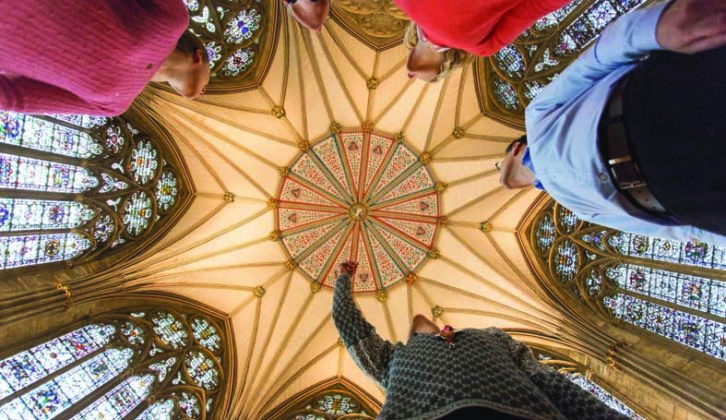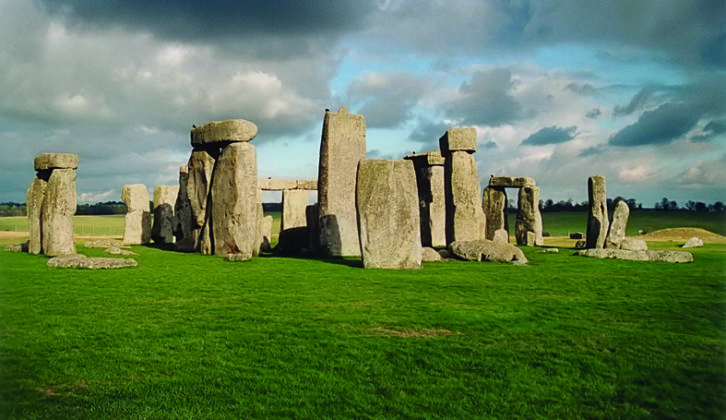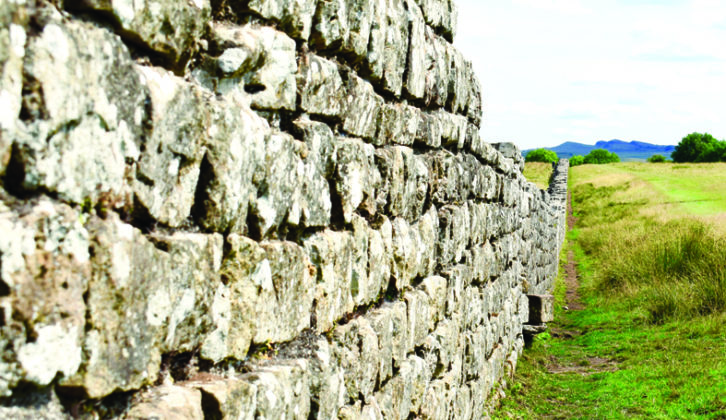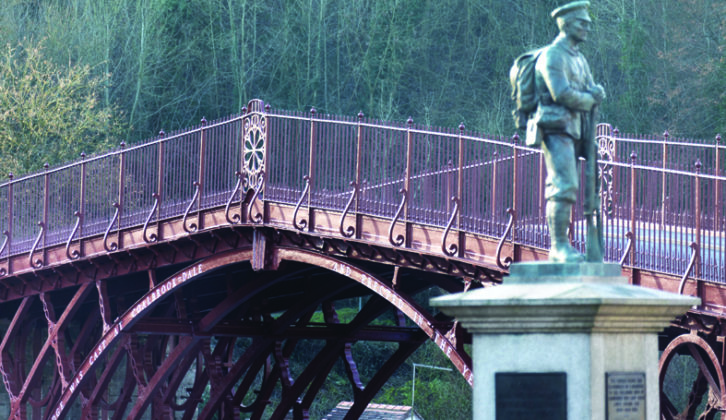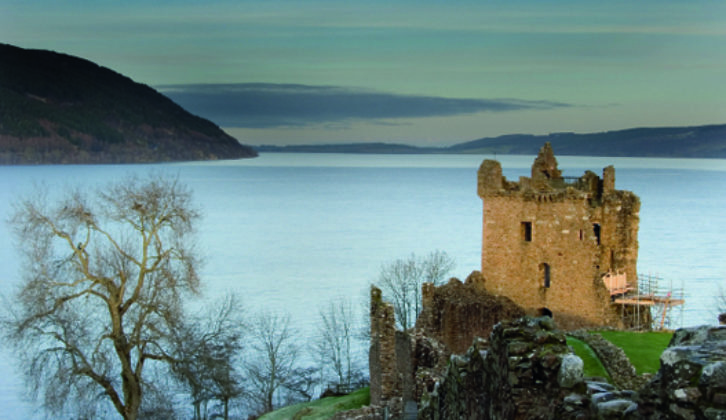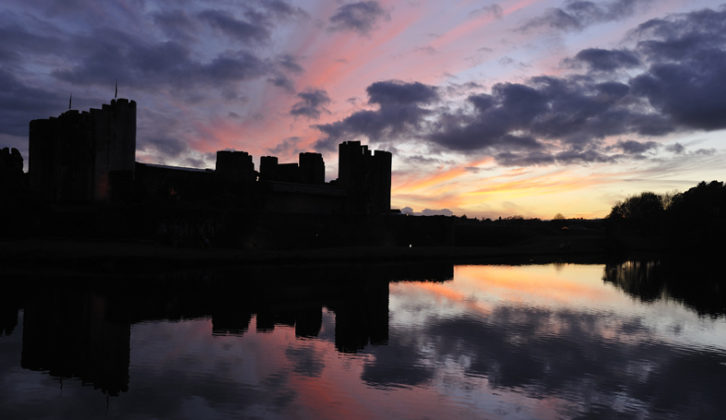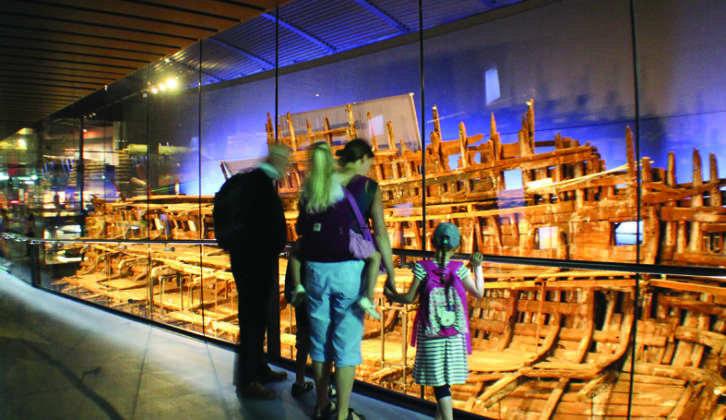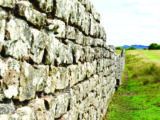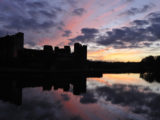The UK is packed with some of the most beautifully preserved churches and monuments in the world. Here’s our 10 tops sites for history lovers.
1 York Minster
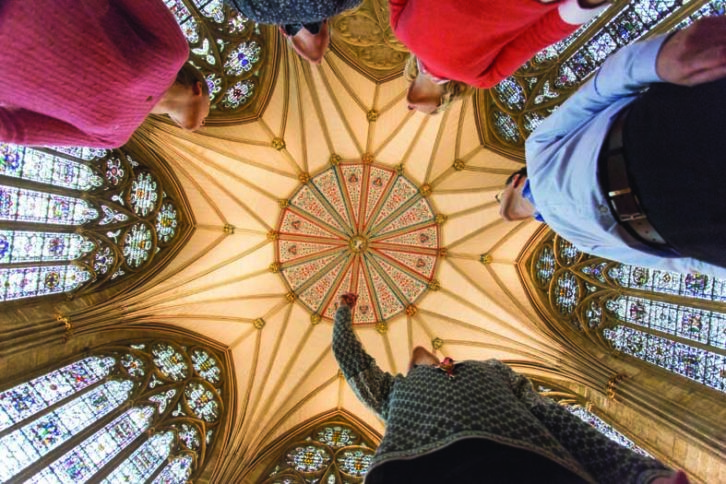
Famed for its vaulted ceiling and exquisite medieval stained glass, York Minster is the most important church in northern England.
Dating back as a place of worship to the seventh century, the church has been rebuilt and extended over its long life, with the nave and vaulting completed in the 13th and 14th centuries. The stained glass is the jewel in the cathedral’s crown and much work has been carried out to restore and conserve the glass, including the recently renovated Great East Window. There’s also the opportunity to visit the immersive Undercroft Museum, where you can find out about the Minster’s connections to Viking York.
- Must see Climb the 275 steps to the op of the Central Tower for views of the city
- Where to stay York Caravan Park
2 Stonehenge
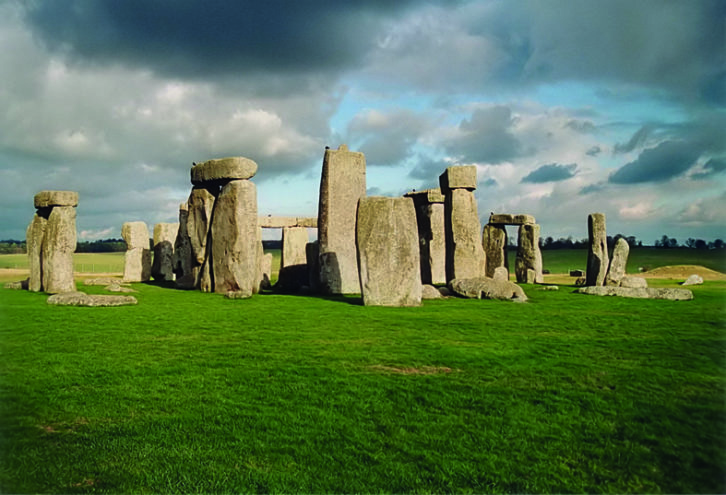
This UNESCO World Heritage Site in the heart of Wiltshire is the best-known prehistoric monument in Europe. Today, the area is looked after by English Heritage.
Those driving along the A303 as they head for the south-west will have seen the mystical stone circle from the road, and should you stop to explore, there’s a visitor centre with more than 250 archaeological objects and treasures. But what about the stone circle itself? The stones were erected in the late Neolithic period, around 2500 BC, using huge sarsens (sandstone blocks). The famous Heel Stone alone weighs 30 tons. Today, their allure and mystery remain, a magnet for druids and tourists alike. Best to avoid visiting on the summer solstice – it gets very busy.
- Must see The stones at sunset have a uniquely magical appeal
- Where to stay Stonehenge Campsite & Glamping Pods
3 Hadrian’s Wall
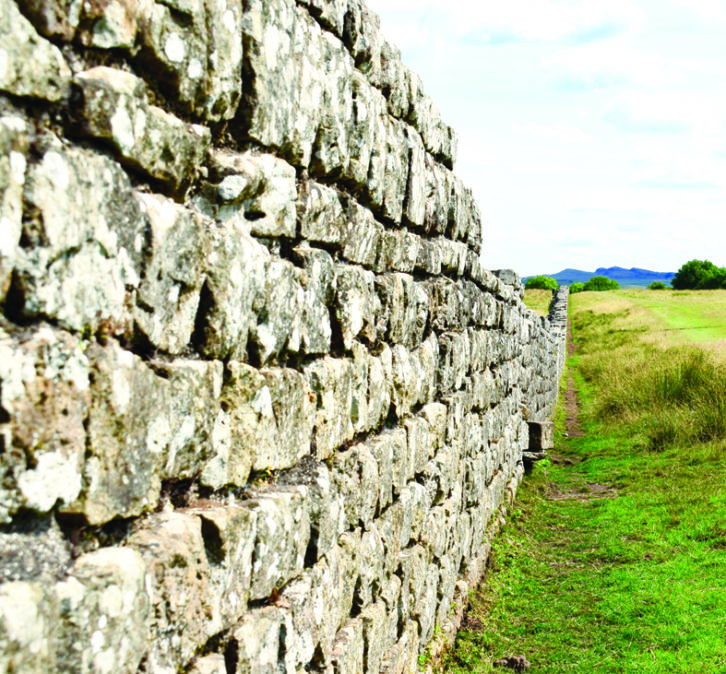
Roman Emperor Hadrian, who ruled from AD117 to 138, might have fallen into obscurity as far as Brits are concerned, except for one thing – the mighty Hadrian’s Wall, which stretches across the counties of Cumbria and Northumberland. This 80-mile barrier constructed in AD 122 to help protect the northern frontier of the Roman Empire, consisted of forts and settlements, as well as the long stone wall itself.
Remarkably, much of the wall remains today, attracting serious trekkers and day-trippers to walk in this beautiful part of the countryside. There’s a great deal of wall to explore. but a good place to start is at the Housesteads Roman Fort & Museum, near Haydon Bridge in Northumberland.
Here, visitors can explore the fortress and get a sense of what it must have been like to be a legionnaire guarding against attack from the north.
Sounding familiar? Game of Thrones fans will recognise this as inspiration for the Wall in the popular TV series.
- Must see Take in panoramic views of the landscape from the Fort
- Where to stay Hadrian’s Wall
4 Durham Cathedral
A wonderful example of the finest Norman architecture, the cathedral forms part of the UNESCO World Heritage Site, which consists of Durham’s Cathedral, the Castle and the buildings located between them.
Built between 1093 and 1133, the cathedral houses the shrines of two renowned saints, the Venerable Bede and St Cuthbert.
Travel writer Bill Bryson described Durham as “the best cathedral on planet Earth” and it’s easy to see why – huge Norman pillars, Romanesque arches, impressive stained glass, and the exquisite cloisters, a film location for Hogwarts in Harry Potter and the Philosopher’s Stone. This church has it all!
- Must see Beautiful stonework in the nave and, of course, the evocative cloisters
- Where to stay Durham Grange C&MC Site
5 Roman Baths
Another great Roman site, the Baths, along with Hadrian’s Wall, are probably the finest and most well-preserved remains of the Roman Empire in the UK.
The site is a thermal spa, which still flows today, and visitors can explore the wonderful Baths, view the beautiful columns and even try some of the hot spa water at the Pump Room restaurant,. The water contains 43 minerals and has been used for curative purposes for 2000 years.
Although you can no longer go for a swim in the ancient baths, to get a flavour of life in imperial Rome, you could head for the nearby Thermae Bath Spa, which uses the same water and is safe for bathing.
- Must see Try the spa water at the Pump Room restaurant
- Where to stay Bath Chew Valley Caravan Park
6 The Iron Bridge
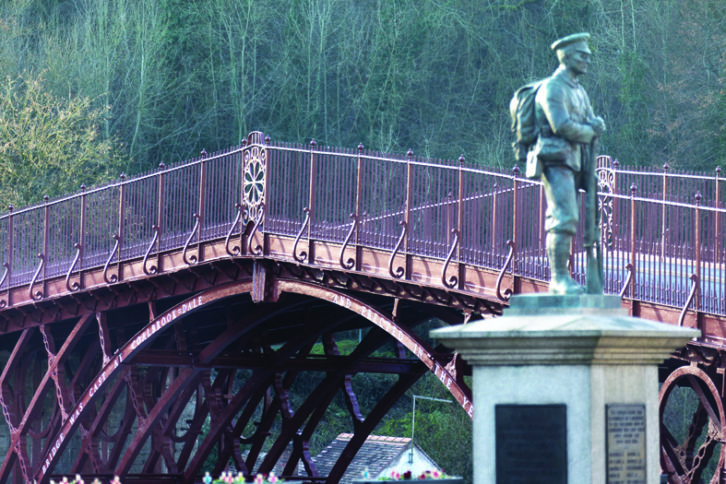
For something perhaps less well-known, and certainly more modern, head for the world’s first iron bridge, which spans the River Severn in the heart of Shropshire and was constructed in 1779.
A pioneering engineering project, the Iron Bridge was cast by Abraham Darby III, whose grandfather had been the first to smelt iron using coke. The bridge itself is surrounded by the Ironbridge Gorge World Heritage Site, which was designated by UNESCO in 1986, in recognition of the region’s unique and unrivalled contribution to the birth of the Industrial Revolution in the 18th century.
- Must see Great views from the bridge
- Where to stay Sytche Caravan & Camping
7 Titanic Belfast

Although you can’t visit the ill-fated ship itself, located as it is somewhere at the bottom of the North Atlantic, The Titanic Experience gives a fantastic insight into this famous vessel, which was built in the city.
Titanic Belfast comprises nine interactive galleries, with multiple dimensions to the exhibition, drawing together special effects, rides, full-scale reconstructions and other features. Visitors can explore the shipyard and virtually travel to the depths of the ocean. There’s also an opportunity to see the world’s last remaining White Star vessel – Titanic’s original tender ship – SS Nomadic.
- Must see Join a walking tour to see the spot where RMS Titanic was launched
- Where to stay Dundonald Touring Caravan Park
8 Urquhart Castle
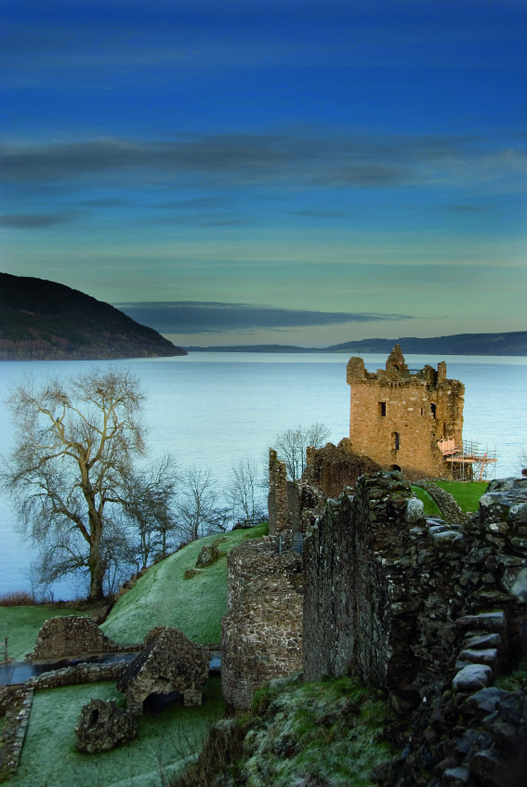
Talk about atmosphere and history – this medieval fortress, set on the banks of Loch Ness, combines breathtaking scenery with a significant history that stretches back for more than 1000 years.
There is evidence that the original site of the castle dates back to the Picts, and that St Columba might have visited the area during the sixth century.
However, the remains of the building that can be seen now date to the 13th century; it was captured in 1296 by Edward I of England (known as the Hammer of the Scots). Today, it is largely a ruin, but you can still visit the Great Hall and see the gloomy prison cells.
- Must see Climb the Grant Tower for spectacular views over the loch
- Where to stay Borlum Farm
9 Caerphilly Castle
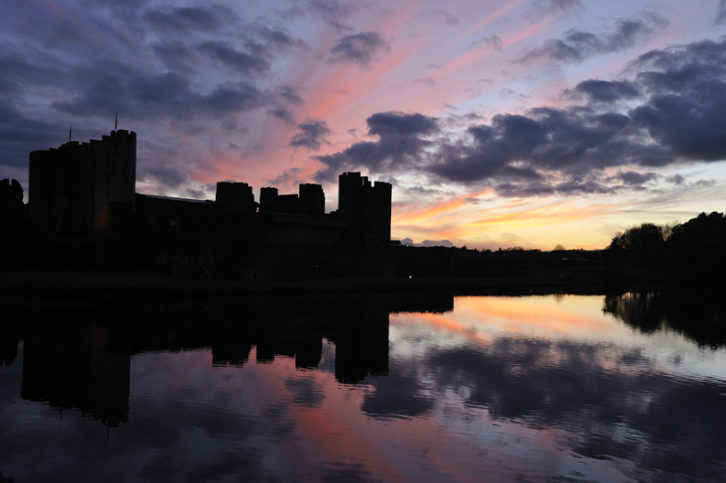
There are so many wonderful castles in Wales, it’s difficult to choose between them, but Caerphilly is the largest and has all of those romantic features that we associate with a ‘proper’ castle – turrets, drawbridge, towers and a moat.
The castle was originally built for Marcher lord Gilbert de Clare in the 13th century, and was restored by the fourth Marquess of Bute in the 20th century. Visitors can now revel in the amazing rebuilding and conservation work, which included restoration of bridges, towers and gatehouses.
- Must see The south-east tower of the castle leans at a precarious angle
- Where to stay Tredegar House Country Park C&MC Club Site
10 Portsmouth Historic Dockyard
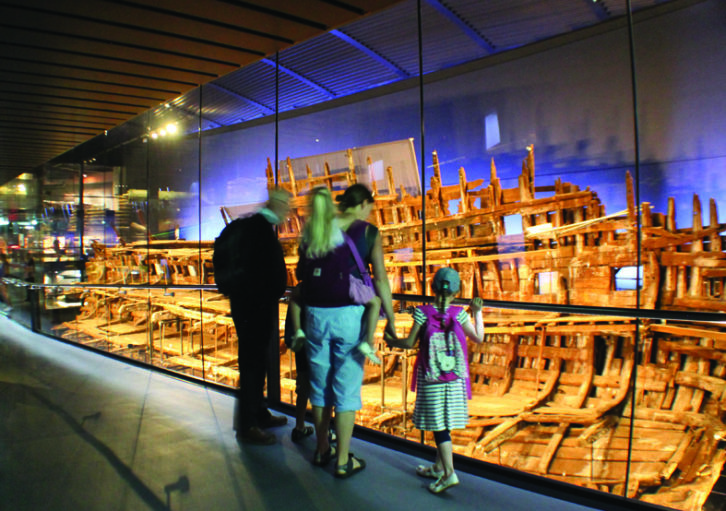
You can be forgiven for doing lots of ‘naval gazing’ at this wonderful visitor centre, which is home to a number of attractions, including a visitor experience on board Nelson’s renowned flagship, HMS Victory.
There’s also the Mary Rose Museum, home to Henry VIII’s great ship, which sank during the Battle of the Solent in 1545 and was raised in 1982 by a team of divers.
Last but not least, the National Museum of the Royal Navy and Portsmouth Historic Dockyard house important naval treasures from the past 350 years. The vast array of exhibits here is truly impressive.
- Must see The unique and historic Mary Rose, raised from the depths of the Solent
- Where to stay Fishery Creek Touring Park
If you liked this… READ THESE:
Top Sites – best motorhome and caravan parks in the UK 2021
10 great citybreaks in the UK and Europe
If you’ve enjoyed reading this article, why not get the latest news, reviews and features delivered direct to your door or inbox every month. Take advantage of our brilliant Practical Motorhome magazine SUBSCRIBERS’ OFFER and SIGN UP TO OUR NEWSLETTER for regular weekly updates on all things motorhome related
